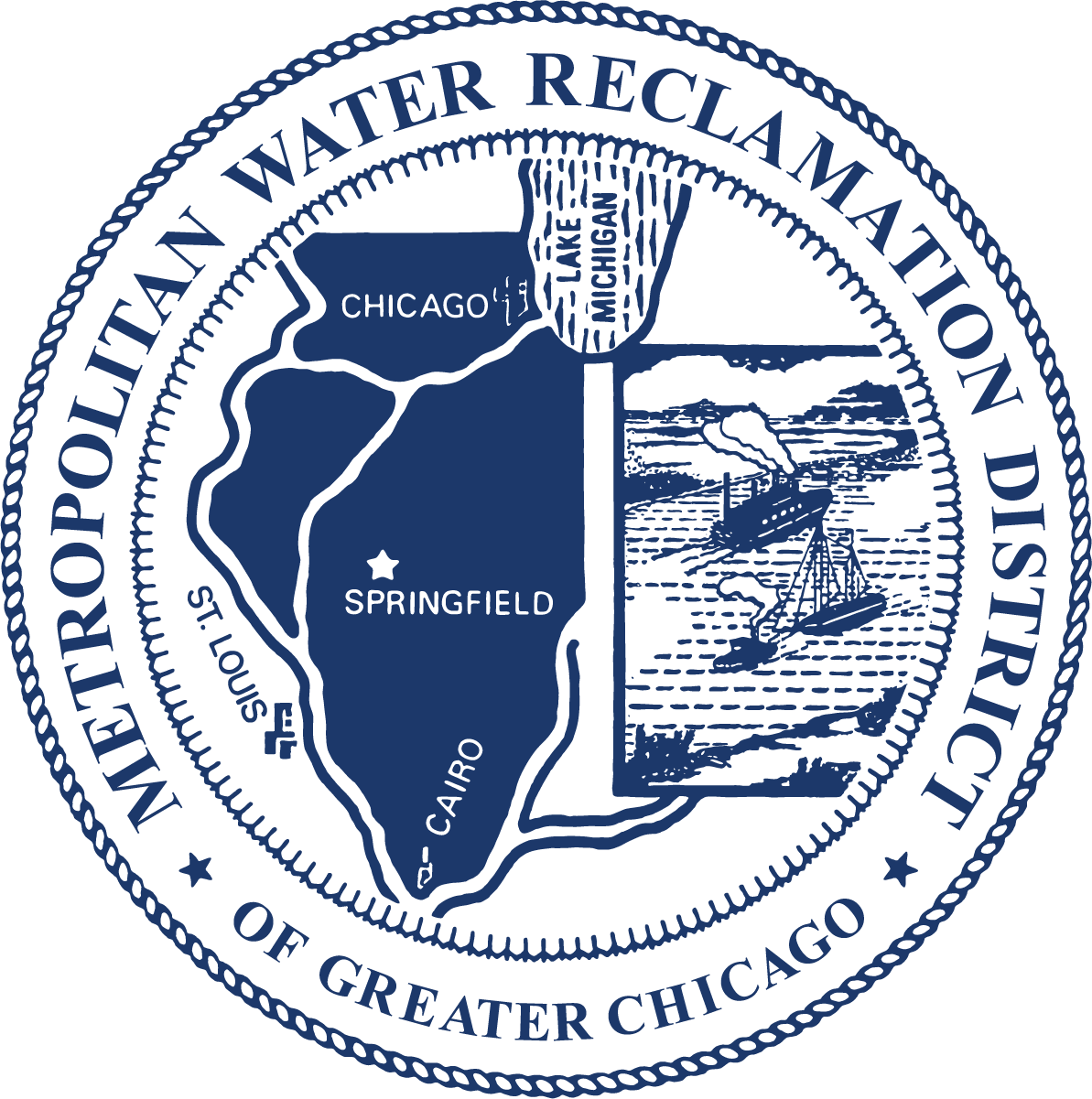"How Does Wastewater Treatment Actually Work?," Encyclopedia Britannica
Encyclopedia Britannica: When I flush, where does it go?
You may have heard that toilets flush in different directions depending on where you are in the world. I’ll get to busting that myth later. For now, I have a question. When I flush, where does it go?
Joe Cummings, MWRD Engineer of Treatment Plant Operations: Every drain in your house, whether it’s a sink, a toilet, the shower. All of those drains go into a sewer. And ultimately, those sewers come to us. In an average year, this facility is probably treating about 250 billion gallons.
Do we drink it?
Joe: The water that we produce here does not come out of your tap.
Phew.
Joe: But we do put that water into the natural river system. So any communities downstream of us that have their own drinking water treatment, they will be pulling water out of the river system that we added our effluent to. But then they will have full treatment processes to clean it up to drinking water quality.
Ohhhh. So that’s, like, double clean. Okay, now I can comfortably learn about the water treatment process. Take it away, Joe!
Joe: Below us we have the raw sewage pumps. This is where the sewage coming in in the interceptors is being pumped up to an elevation where throughout the rest of the treatment processes, it can all flow by gravity step by step by step.
Joe: The first major step that happens once it gets here is what we call coarse screens. So picture a bunch of vertical bars and the water is trying to go through the bars. Any material that is larger than the spacing on that bar is going to get caught. You're trying to prevent that solid material from going further in the process.
Solid material…like…um….
Joe: The solids that you're thinking of, which is basically poop, does not come into the plant as a solid. What comes in the sewer system, it’s basically a gray fluid. It’s sewage. One thing we see an awful lot is Super Balls. I don’t see anybody playing with Super Balls, but that’s probably because they all end up in the sewer system. A former plant manager once had a prosthetic leg in his office that was found in one of the coarse screens.
Joe: One thing that we really want people to know about not flushing is the flushable wipes.
Joe: They don’t break down in the system. The jar that we have here, these wipes have been in here since February of 2020, and they have not broken down at all. Another video that I did, like I guess comment after comment was “This guy hates wipes.” [Laughs]
Are we still on step one?
Joe: We’re standing at one of the aerated grit tanks. This is where all the grit, rocks, pebbles, it is going to settle very quickly within the course of 5 to 8 minutes, this stuff all settles to the bottom.
Joe: If you look at these boards that are in the tank, they’re actually moving, but they’re just moving very slowly. They’re scraping the scum along the surface to one end, where it can be collected, where it goes into a dumpster, then they start scraping the bottom of the tank.
Joe: So what happens in the aeration tank is that the naturally occurring bacteria will metabolize the food that’s in there. So we actually add oxygen into the bottom of the tank by compressing natural air. This is where you’re actually relying on the bacteria to do the work.
Joe: The final step of the liquid treatment process is the secondary settling tanks where the solids are going to the bottom and then the liquid comes over the top. Some of the water is reused within the plant to cool equipment or even for cleaning. The rest is released into the waterways.
Joe: What we’re doing at the treatment plant is we’re basically replicating the same processes that are happening out in nature, but we’re just doing it at a much smaller time scale.
Joe: Think of a leaf that falls into a river. It may take weeks for that to be purified out, treated by micro organisms, or filtered through the stream system. We’re condensing that and getting it accomplished in roughly half a day. And this plant isn’t only thinking about the water. The sludge-and-muck parts of sewage are also treated and reused as fertilizer for non-food crops.
If we have to treat this water again before drinking it, what’s the point of all this work?
Joe: What we’re trying to do here is remove the nutrients out of the water, out of the clean sewage, so that when it goes into the Gulf of Mexico, it’s not adding to what is called the hypoxic zone.
Joe: A very large, what they call a dead zone, where because of the nutrients, it’s basically sucking up all the oxygen so that the natural wildlife that is there is starving for oxygen. And we’re trying to prevent that.
The environment! That is important.
Joe: We talk about the flushable wipes that you shouldn't flush down your toilet—
I have to myth-bust real quick. Sorry, Joe. Toilets actually don’t flush in different directions in the Northern and Southern Hemispheres. The volume of water in a toilet is too small to be affected by the Earth’s rotation. Read more on Britannica.com. (And don’t flush wipes!)
